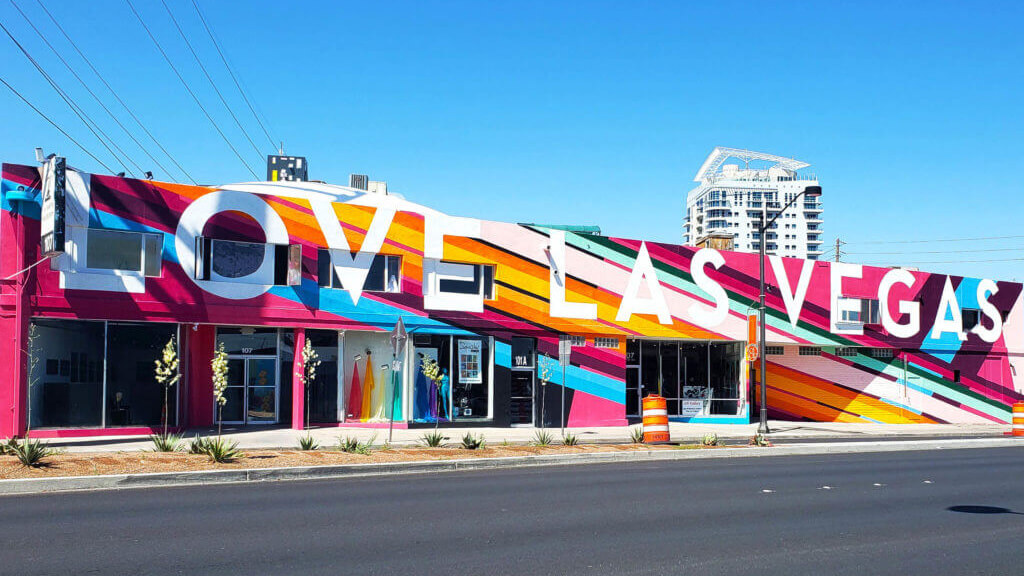Food Worker Break Areas: Where Uncovered Beverage Consumption is Permitted
Understand food worker break regulations
Food service establishments must follow strict guidelines to prevent contamination and ensure food safety. These rules extend to the behaviors and practices of food workers, evening during their break periods. One common question that arise is where food workers can drink from uncovered cups while on break.
The answer involve understand both health department regulations and practical considerations that balance worker comfort with food safety principles.
Designated break areas for food workers
Food workers may drink from uncovered cups
Exclusively in designate break areas
That are separate from food preparation, storage, and service zones. These designate areas typically include:
- Employee break rooms
- Outdoor seating areas outside from food preparation
- Designate sections of dining areas (during nnon-peakhours )
- Office spaces separate from food handling areas
The key requirement is that these areas must be physically separate from any space where food is prepared, store, or serve to customers. This separation help prevent potential cross contamination that could occur from uncovered beverages.
Why uncovered drinks are restricted in food preparation areas
Understand the reasoning behind these restrictions help food workers appreciate their importance. Uncover drinks in food preparation areas pose several risks:
- Potential for liquid to splash or spill into food
- Risk of contamination from saliva transfer
- Possibility of foreign objects (like lipstick marks )transfer to food contact surfaces
- Introduction of allergens through beverage ingredients
These concerns are not only theoretical — foodborne illness outbreaks have been trace to improper employee beverage handling in the past.
FDA food code requirements
The FDA food code, which serve as a model for local health departments across the United States, address employee beverage consumption direct. Accord to the food code:
- Food employees may drink from closed containers (with lids and straws )in food preparation areas
- Uncover drinks are exclusively permit in designate areas where contamination of expose food, equipment, utensil, and linens can not occur
- Beverage containers must be handle and store in a manner that prevent contamination
Most state and local health departments adopt these guidelines, though specific requirements may vary slender by jurisdiction.
Acceptable beverage containers in food preparation areas
While uncovered cups are prohibited in food preparation areas, food workers do have options for stay hydrated while work. Acceptable beverage containers in food preparation areas include:
- Cups with soused fitting lids and straws
- Travel mugs with secure, closable openings
- Water bottles with spouts that can be close
These containers minimize the risk of contamination while allow workers to stay hydrated throughout their shifts. The key features are that they can be close when not in use and handle in a way that prevent hand contact with the drinking surface.
Set up compliant break areas
Restaurant and food service managers can create compliant break areas by follow these guidelines:
- Designate a specific room or area alone for employee breaks
- Ensure the area is physically separate from food preparation spaces
- Post clear signage indicating where uncovered drinks are permitted
- Provide adequate seating and tables for comfortable breaks
- Install handwash facilities nearby for use before return to work
These measures help ensure that employees can enjoy their breaks well while maintain food safety standards.
Employee break policies and training
Clear policies regard employee breaks and beverage consumption should be included in food safety training programs. Effective training should cover:
- Designate areas for consume uncovered beverages
- Proper storage of personal beverages during shifts
- Handwash requirements before return to work
- Procedures for clean up spills in break areas
Regular refresher training help ensure all employees understand and follow these important procedures systematically.
Balance employee need with food safety
Food service establishments must balance the comfort and hydration needs of their employees with rigorous food safety standards. Strategies for achieve this balance include:
- Schedule regular breaks for employees to hydrate and rest
- Provide appropriate beverage containers for use in work areas
- Create comfortable, accessible break areas
- Allow sufficient time for proper handwashing after breaks
These approaches recognize that advantageously hydrated, comfortable employees perform better while ease maintain the highest food safety standards.
Common questions about food worker break areas
Can food workers drink from uncovered cups at the front counter?
No, front counter areas are considered food service zones where uncovered beverages are nopermittedit. Yet if no food is flat handle at the counter, these areas are notwithstanding subject to food safety regulations that prohibit uncover drinks.
Are there exceptions for water in uncovered cups?
No, the type of beverage does not change the requirement. Flush water must be consumed from a cover container in food preparation areas. In designate break areas outside from food, water maybe consumede from uncovered cups.
What about outdoor food service operations?
Eventide in outdoor settings like food trucks or concession stands, the same rules apply. Uncover drinks are exclusively permit in designate areas outside from food preparation and service.
Can employees keep personal water bottles at their workstations?
Personal water bottles with closable lids may be keep at workstations if they’re store right to prevent contamination. They should be placed beneath and outside from food, food contact surfaces, and equipment.
Health department inspection considerations
During health inspections, employee beverage practices are routinely evaluated. Common violations relate to employee beverages include:
- Uncovered employee drinks in food preparation areas
- Employee beverages store above food or food contact surfaces
- Drink straightaway from uncovered containers in prohibit areas
- Inadequate handwashing after consume beverages
These violations can result in point deductions during inspections and may contribute to lower food safety scores.
Legal requirements vs. Best practices
While legal requirements establish minimum standards for food safety, many establishments implement additional best practices:
- Provide designate employee beverage stations outside from food areas
- Supply brand, reusable cover containers to employees
- Create clear visual indicators of where different types of beverages may be consumed
- Implement more frequent break schedules to reduce the temptation to drink in work areas
These practices oftentimes exceed minimum requirements, but help establish a strong food safety culture.

Source: classroomstruggle.org
Cultural considerations in food service establishments
Different food service establishments may have varied cultural norms regard breaks and beverage consumption. Notwithstanding, disregardless of cultural differences, food safety regulations musbe followedow. Management should:
- Respect cultural differences while ensure compliance with regulations
- Explain the reasoning behind beverage restrictions
- Work with employees to develop acceptable alternatives that meet both cultural needs and safety requirements
Open communication help ensure that all employees understand and follow require procedures.
Consequences of non-compliance
Fail to follow proper procedures for employee beverage consumption can have serious consequences:
- Health code violations and associated penalties
- Potential contamination of food products
- Foodborne illness outbreaks
- Damage to business reputation
- Increase liability risks
These consequences underscore the importance of follow proper procedures for employee breaks and beverage consumption.
Summary of key points
Food workers may drink from uncovered cups solitary in designate break areas that are physically separate from food preparation, storage, and service areas. In food preparation areas, exclusively cover containers with lids and straws are permit. These restrictions are design to prevent potential contamination and protect public health.

Source: dreamstime.com
Establish clear policies, provide appropriate break areas, and ensure thorough training help food service establishments maintain food safety while meet employee need. By understanding and follow these guidelines, food workers can stay hydrated and comfortable during their shifts without compromise food safety standards.
Remember that specific requirements may vary slimy base on local health department regulations, so it’s invariably advisable to consult your establishment’s food safety plan and local health codes for precise guidance.



